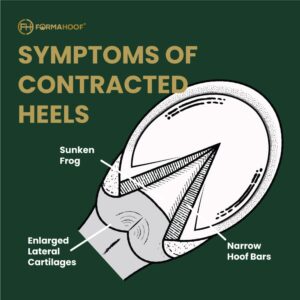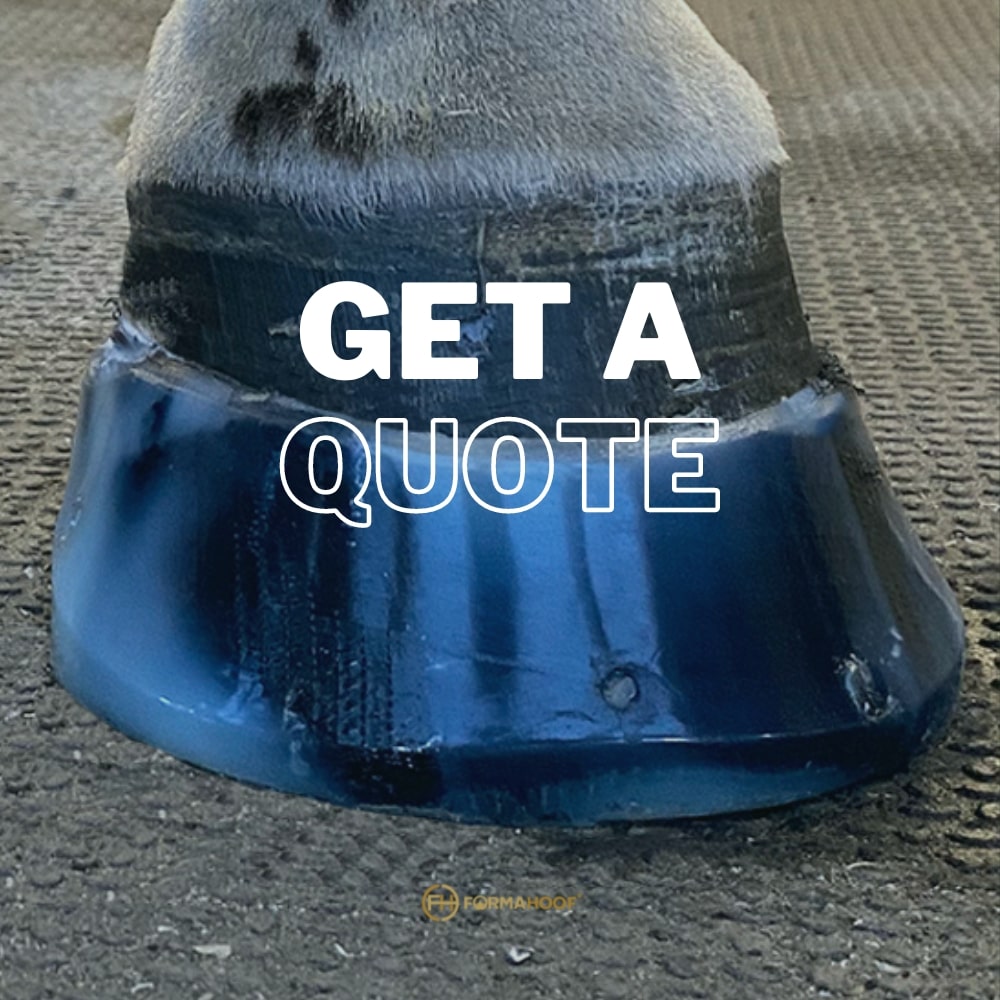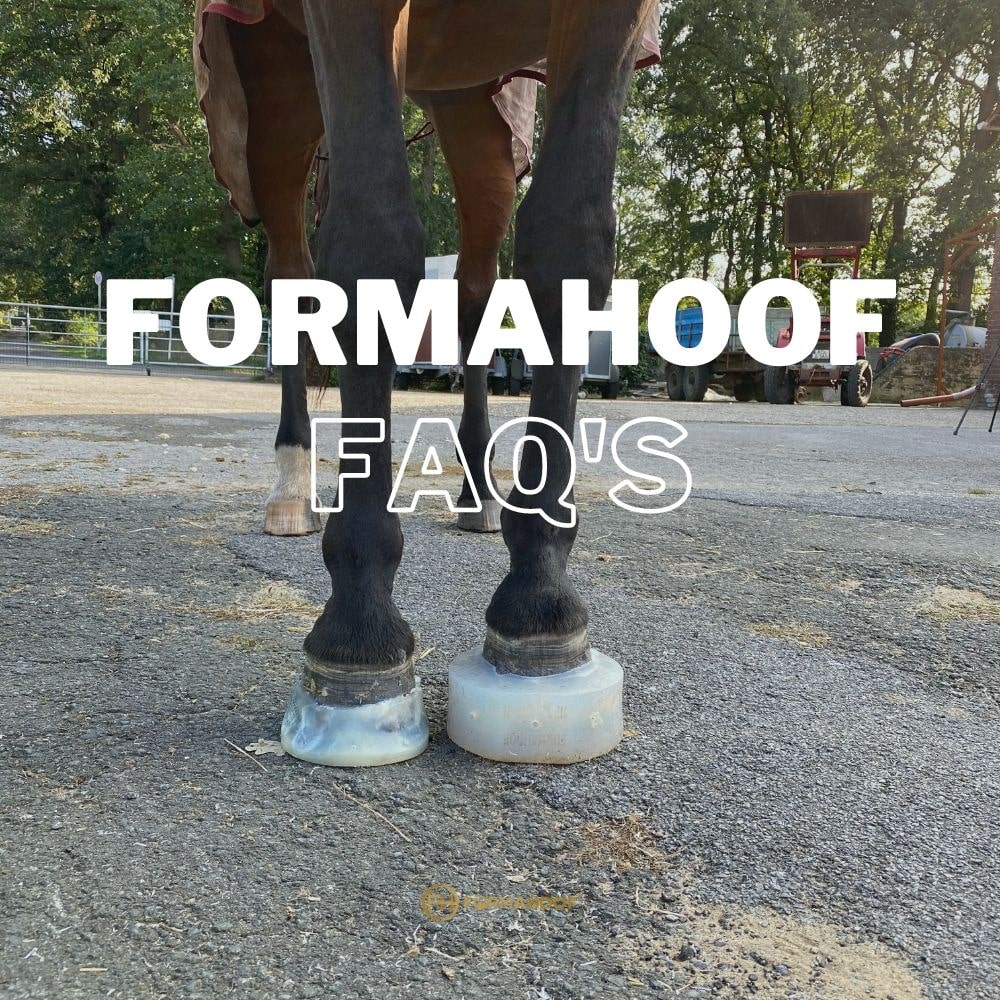Beginning Stages: Identifying and Addressing the Issue
When Malva, a draught mare, was introduced to FormaHoof Certified Applicator and Expert Aletia, she was grappling with a severe case of white line disease, subsequent to an episode of laminitis. With prominent hoof cracks and a visible struggle with mobility, the case was urgent and necessitated strategic intervention.
Swift and Strategic Response
In partnership with veterinarians, the team orchestrated a response:
Stage 1: Comprehensive evaluation and assessment of the hoof
Stage 2: Thorough resection and cleaning of affected areas
Stage 3: Targeted application of FormaHoof across several cycles
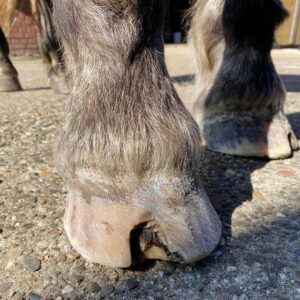

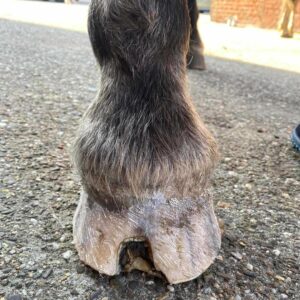
Role of FormaHoof: An Immediate Solace
The application of FormaHoof, post-resection and after ensuring cleanliness via copper sulphate and antibacterial spray, was pivotal. Remarkably, Malva experienced an immediate elevation in comfort, which not only facilitated turnout during recovery but also sustained her soundness through the treatment period.
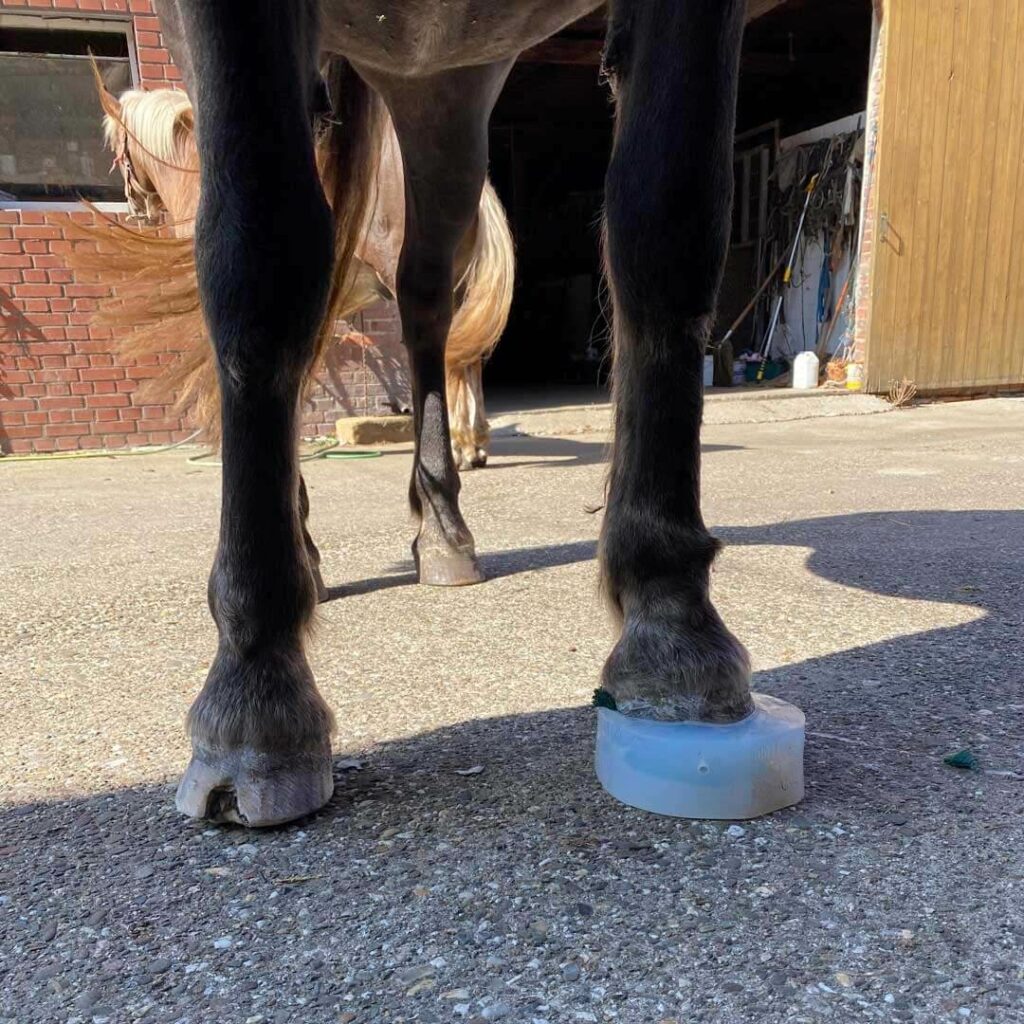
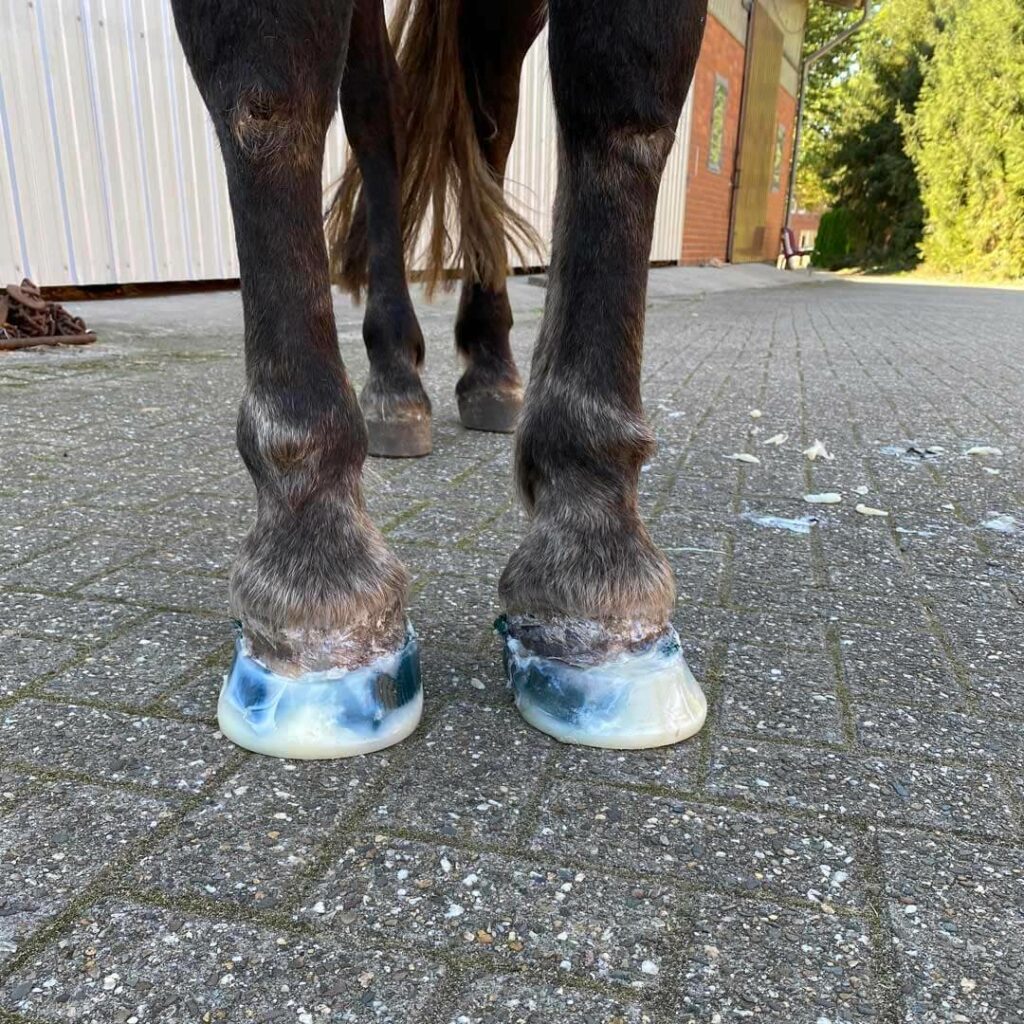
Aletia conveyed the gravity of Malva’s condition at the outset, acknowledging the critical role of FormaHoof in providing both structural support and a sterile environment, conducive to robust hoof regrowth. After several applications, Malva transitioned back to a barefoot state, now thriving, comfortable, and living her best life.
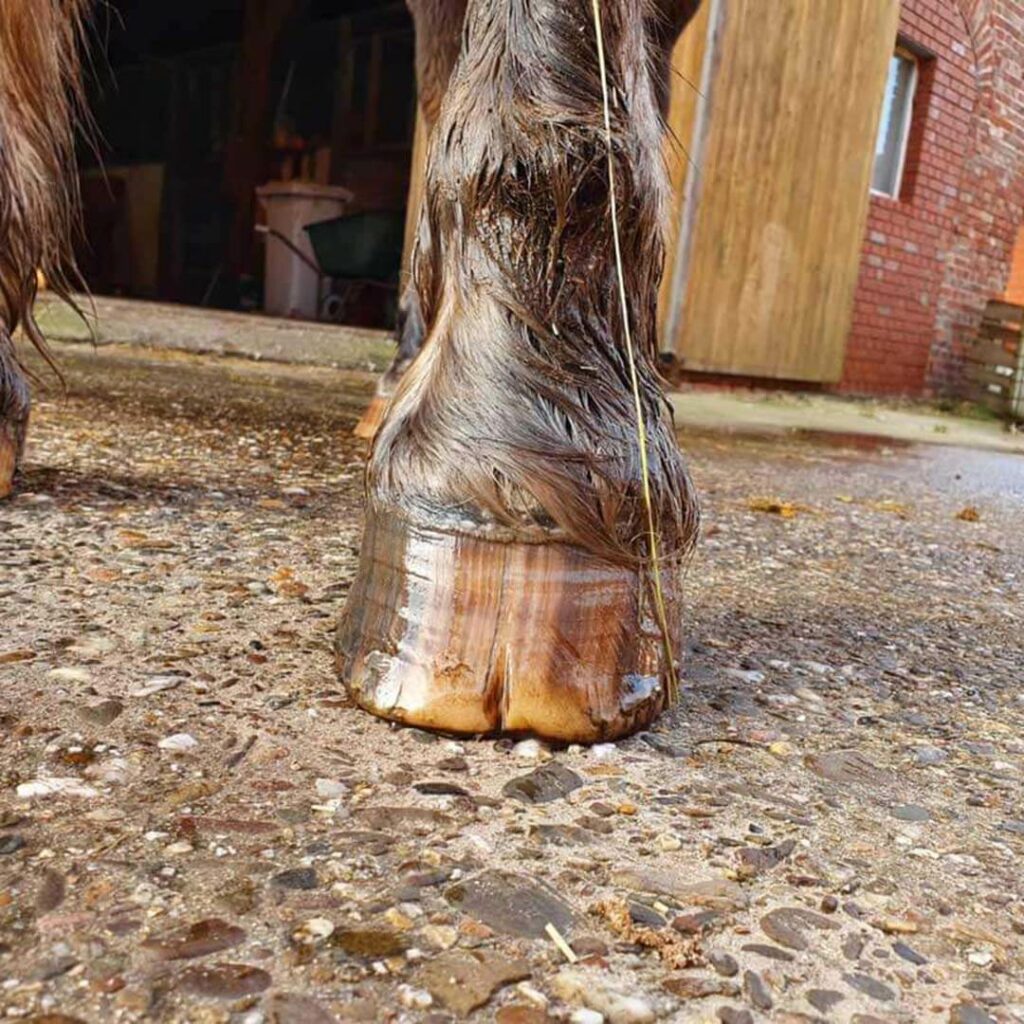
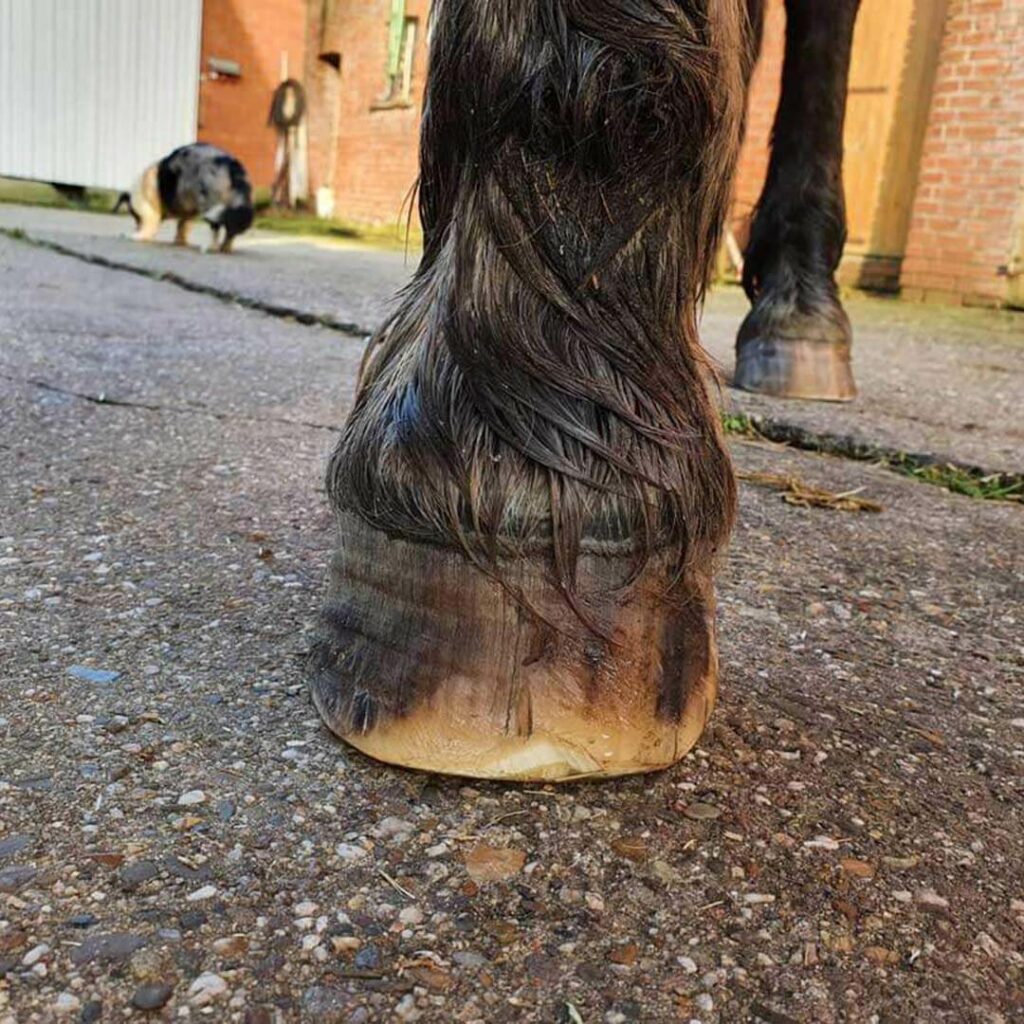
Deepening the Understanding of White Line Disease
White Line Disease, alternatively termed seedy toe or onychomycosis, inflicts damage through bacteria or fungi, which erode the hoof-wall tissue. When unchecked, this condition progressively undermines the entire inner hoof wall, inducing a range of issues including lameness.

Distinct from Thrush: Making Accurate Diagnoses
It’s vital to differentiate white line disease from thrush, which affects the frog and potentially the heels, and is signified by a distinctive unpleasant odor and dark discharge.
Root Causes: A Closer Look
Precursors to white line disease encompass mechanical stress (resulting from overgrown feet), persistently damp environments, pre-existing cracks, and chronic abscesses or laminitis, which collectively debilitate the white line.
Identifying and Responding to White Line Disease
Recognition may arise from visual cues like fissures, auditory signs such as a hollow sound upon tapping the hoof, or physical symptoms, although lameness is not always immediately apparent.
Navigating Through Treatment
Comprehensive treatment often involves a hoof-wall resection, ensuring a thorough removal of infected material. Subsequent management may involve corrective horseshoeing and, in extensive cases, a temporary pause in training. Maintaining a clean and dry environment is paramount for facilitating healthy regrowth and preventing recurrence.
FormaHoof: A Pioneer in White Line Disease Management
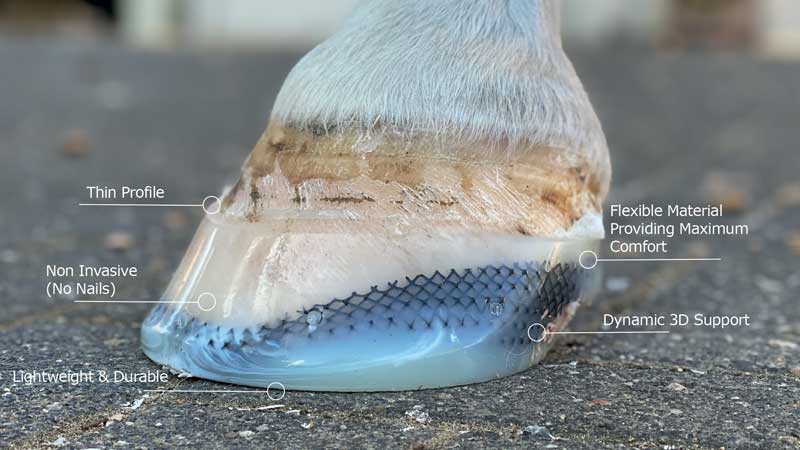
Instant Relief, Ongoing Support
FormaHoof comes to the fore in providing immediate, drug-free pain relief, stabilizing resected areas, and ensuring sustained application of medical treatments.
Nurturing Healthy Growth
By encapsulating the hoof, FormaHoof facilitates improved weight distribution and promotes optimal blood flow, fostering healthy hoof growth.
Efficient and Comfort-Centric Approach
While traditional methods are labor and care-intensive, FormaHoof minimizes contact hours for all stakeholders, ensuring efficient treatment cycles and providing comfort for the horse throughout recovery.
Navigating through the myriad of options for hoof care can often be a complex endeavor. Ensuring your horse has the optimum level of care requires a blend of sound knowledge and understanding of available and innovative solutions.
Dive Deeper into the World of Effective Hoof Care with Our Free Online Lecture
Join Us for FormaHoof Basics – Your Introduction to Progressive Hoof Care 🐴
Step into a space where knowledge and practicality converge, enlightening the path to sustained hoof health and horse wellness. Our complimentary online lecture, FormaHoof Basics, is designed to provide you with key insights, methodologies, and experiential knowledge about the FormaHoof application, its use cases, and the transformative impact it has had on equine hoof care.
👉 Enroll in FormaHoof Basics Today!
Why Attend FormaHoof Basics?
- Deep Dive into FormaHoof: Understand what FormaHoof is, how it’s applied, and explore diverse use cases directly from real-world experiences.
- Experience Insights: Hear firsthand accounts from individuals who have witnessed remarkable transformations in hoof health and horse comfort using FormaHoof.
- Empower Your Decision Making: Equip yourself with the knowledge to make informed decisions about your horse’s hoof care and overall wellbeing.
🌟 Embark on a journey of enriched understanding and witness how enhanced hoof health propels your horse towards a future of comfort, vitality, and spirited liveliness.
👥 Secure Your Spot and Elevate Your Equine Care Knowledge Now!
🐎 Here’s to Empowering Every Step with FormaHoof!



